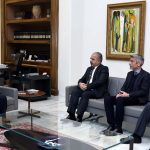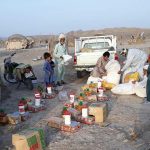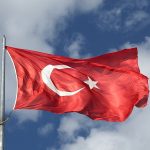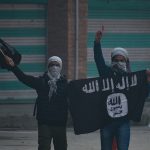Kurdish-led forces defeat ISIS fighters and end the prison siege
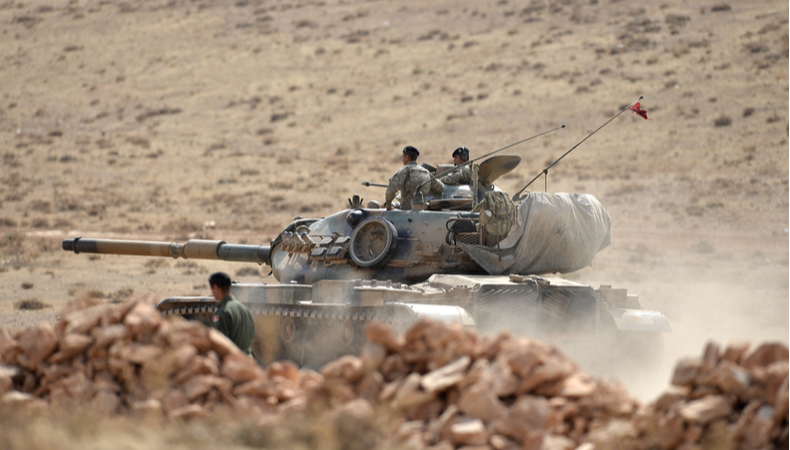

The Kurdish-led militia that had been battling Islamic State fighters for control of a prison in northeastern Syria retook the facility on Wednesday, ending one of the jihadist group’s most audacious attacks since the collapse of its so-called caliphate nearly three years ago, after six days of deadly battles.
Hundreds of ISIS members and dozens of militiamen have been slain since the jihadists stormed the Hasaka jail last week and joined rioting inmates inside to seize control, holding the prison personnel and approximately 700 youngsters imprisoned their hostage, militia authorities claimed.
The Syrian Democratic Forces, or SDF, fought ISIS sleeper cells in nearby communities before laying siege on the remaining terrorists, who surrendered on Wednesday due to a lack of food and water. “If they didn’t surrender, the future was plain to them,” said SDF spokesperson Aram Hanna. “The region had been thoroughly besieged and was completely under our control.” They didn’t have any other choice.”
Related Posts
Officials claimed they were still attempting to figure out how many of their men had been killed, as well as how many ISIS attackers and detainees. At least 30 militia fighters and over a hundred terrorists were killed, according to an SDF spokesman. On Wednesday, it remained unknown whether any of the 700 boys who had been used as human shields by ISIS forces throughout the siege had died, as well as how many detainees had fled.
The fight for the jail brought to light outstanding humanitarian and security issues that the West has mostly neglected since the SDF, supported by an American-led military coalition, pushed ISIS out of its final pocket of territory in early 2019.
The militia rounded up the men, women, and children who had survived the caliphate’s fall and imprisoned them in jails and detention camps that were only supposed to hold them until other nations returned their people or assisted in finding long-term solutions for the remainder.
However, because most countries refused to return their citizens, the detentions continued in a sprawling Syrian Guantánamo, with tens of thousands of people, mostly women and children, being held in squalid, dangerous camps and thousands of men and boys being held in makeshift prisons, all without any legal recourse.
Terrorism experts and US officials have long warned that the detentions might lead to a resurgence of the insurgency. “The improvised jails across Syria are a breeding environment for Daesh’s failing ideology,” the coalition commander, Maj. Gen. John W. Brennan Jr., said in a statement on Wednesday, using the Arabic name for the Islamic State. “This isn’t only an issue in this city,” he explained. “This is a global issue that will require the cooperation of many governments to establish a long-term solution.”
The Hasaka jail, a renovated training facility, was the largest of the SDF’s prisons, housing hundreds of prisoners arrested when the caliphate crumbled. They arrived from all around the world and were crammed into congested cages, reflecting the Islamic State’s global appeal. No one has been charged with a crime or appeared in front of a judge.
Around 700 youths whose families had joined the Islamic State were also incarcerated in the facility. They were judged dangerous by SDF leaders, but human rights groups warn their incarceration may violate international law and radicalize them, perhaps spawning a new generation of terrorists. They became hostages during the prison siege, prompting fears that they might be harmed and hindering the SDF’s efforts to recover the jail.
Mr. Hanna, a spokesman for the SDF, said on Wednesday that none of the children had been injured. Others were less certain, claiming that they needed more time to establish out what had happened to the youngsters. During the battle, there were signs that they weren’t all alright, including audio messages from an Australian adolescent stating his head was bleeding and that he had seen the bodies of children who had been slain, which Human Rights Watch received. ISIS had not merely taken over part of the jail, as they claimed during the siege, but had taken over the whole prison complex, according to SDF officers questioned on Wednesday.
According to SDF sources, the terrorists commenced their attack on Thursday with two suicide vehicle explosives that ripped up the entryway. According to Nuri Mahmud, a spokesman for Kurdish militants in the SDF, scores of armed men surged in, barricading themselves within the wards with rioting detainees, battling with guards, and kidnapping prison employees.
In the adjacent districts, ISIS sleeper cells seized buildings and grain silos from which they targeted militia forces approaching the jail. The US joined the conflict as the SDF pushed its way into the jail, employing armored vehicles, assault helicopters, and airstrikes.
SDF forces have been sieging four or five facilities where detainees and attackers have refused to surrender and are keeping prison employees and youngsters hostage for the past two days. According to Mr. Mahmud, the military knew which building the youngsters were in and did not deploy heavy weapons near it. “ISIS attempted to use the teenagers in the prison to some extent,” he claimed. “The troops were cautious in that regard.”
By Wednesday, the besieged militants were out of food and water, and there was no means to cure those who were sick or injured in the battle, according to Siyamend Ali, the leader of a Kurdish fighting group’s media office. “We warned them they may return as captives,” he explained. “In the end, they didn’t have an option except to submit or perish, so they chose to surrender.”
Soon, photographs of lengthy lines of tired-looking detainees in sandals and torn clothes lined up in the prison yard after surrendering were being circulated by SDF authorities. Officials from the United States Defense Forces said it would take time to determine the ultimate death toll, examine all the captives, and treat the wounded. According to them, several of the wards were so badly damaged that the inmates would have to be relocated.




